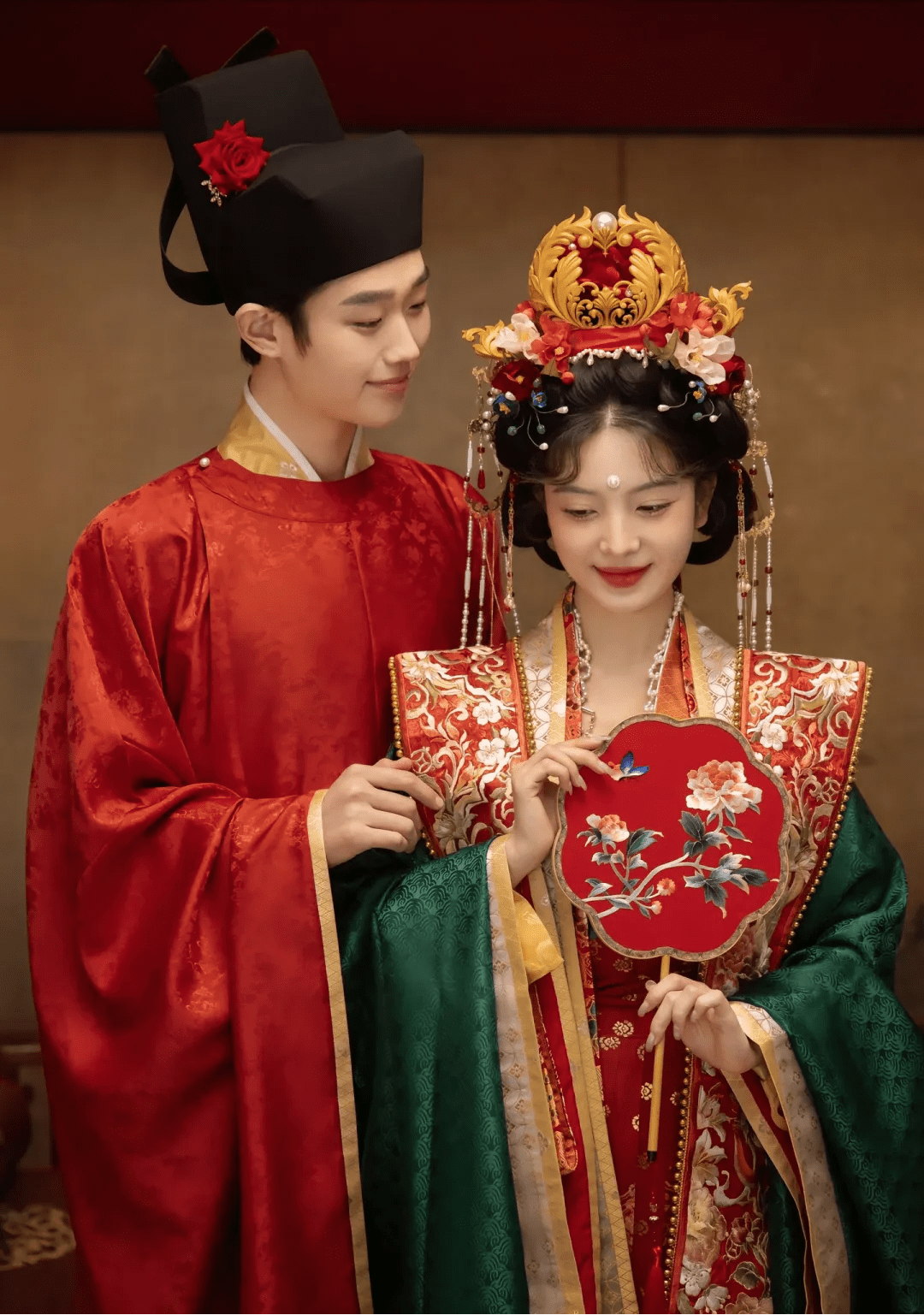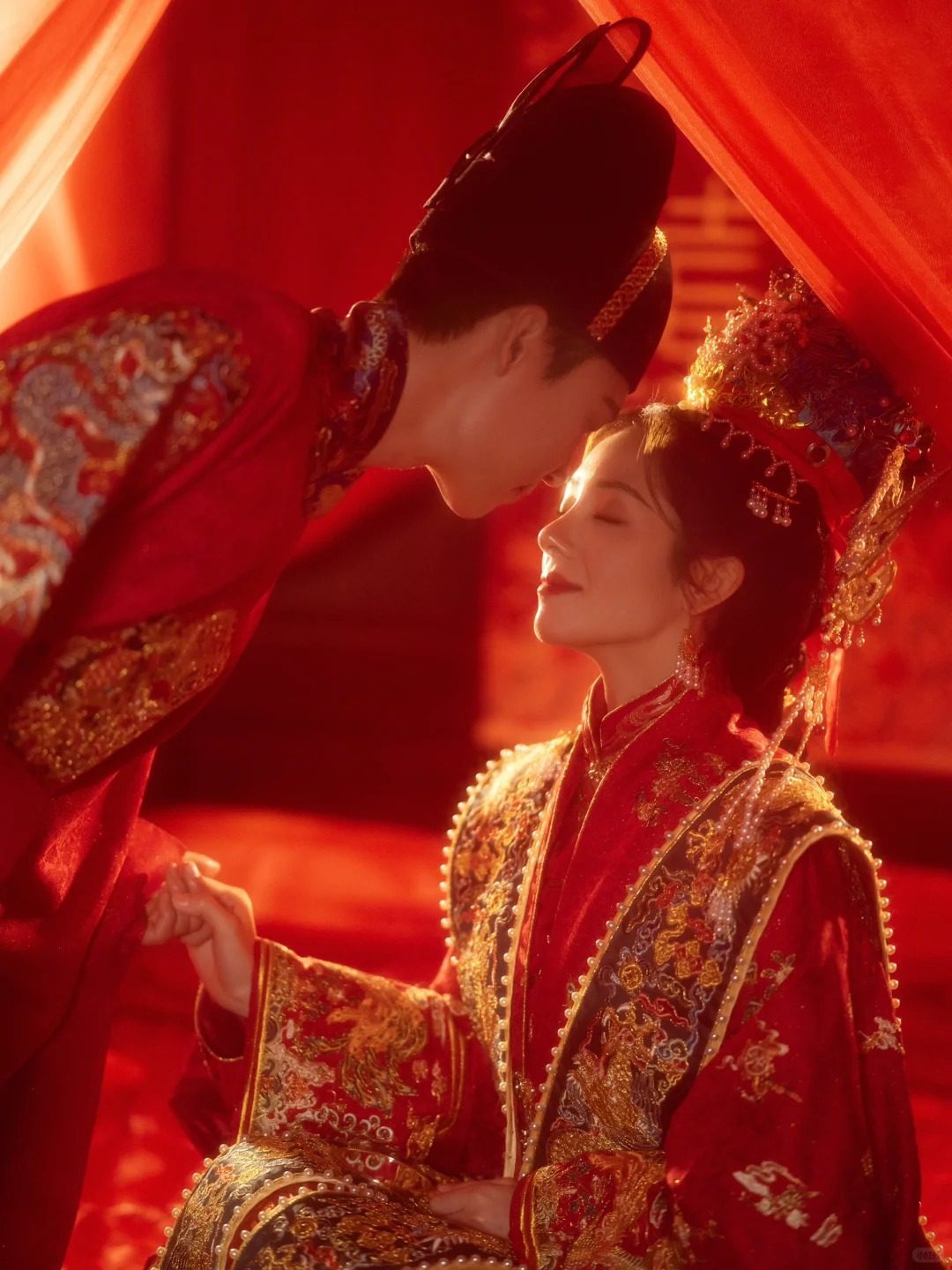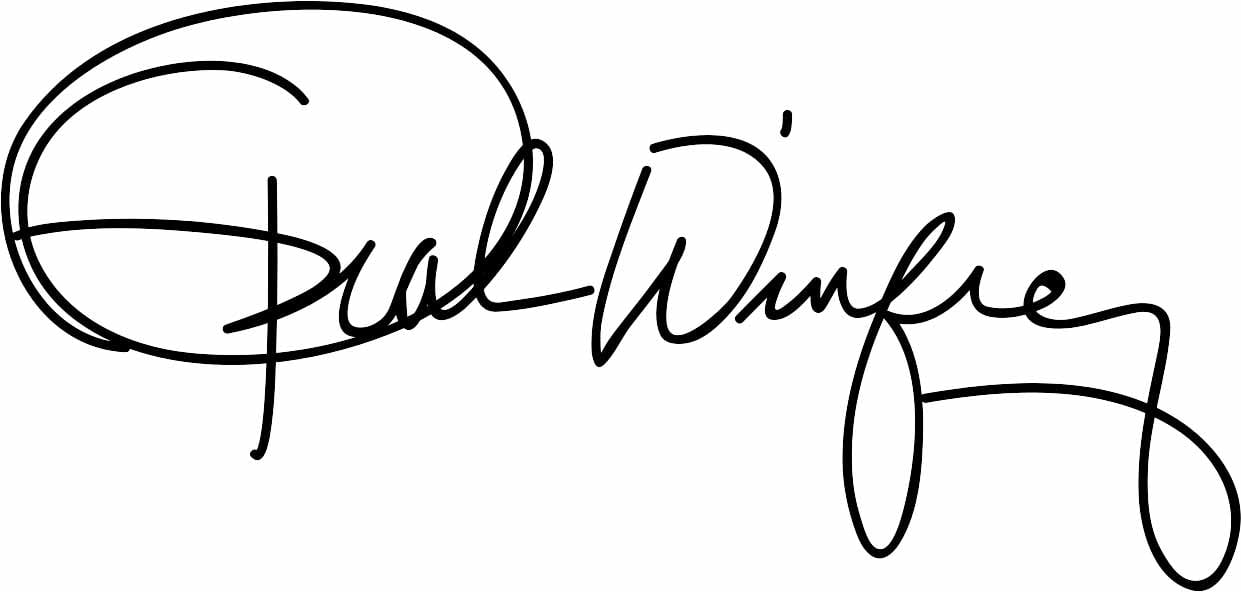Marriage is one of life’s most important milestones. In ancient China, a wedding was not only the union of two individuals but also a continuation of culture, ritual, and family tradition. Wedding attire and ceremony evolved with the times, yet regardless of the dynasty, wedding garments always held deep symbolic significance. From the Pre-Qin era to the Ming and Qing dynasties, the styles, colors, materials, and accessories of ancient wedding attire reflected the aesthetics and values of their times. This article explores the evolution of ancient Chinese wedding attire and the rich cultural meanings embedded within.
I. Pre-Qin Period: Symbol of Marriage and Social Status
In the Pre-Qin period, marriage was considered the foundation of both family and society, and great importance was placed on ritual. Wedding attire was characterized by its solemnity and simplicity. The main colors used were red, yellow, and white—red symbolizing joy and good fortune, yellow and white representing nobility and purity. The most common garments included shenyi (a long, wrapped robe) for men and dachang (formal robes) for women, often paired with headwear, sashes, and other accessories.
In ancient China’s patriarchal society, marriage was a reflection of family interests and lineage. Thus, wedding attire often symbolized social status. Nobility wore luxurious silk or brocade garments, while commoners’ wedding clothes were much simpler in both style and material.
II. Han Dynasty: Formalization of Ceremony and Attire
The Han Dynasty was a flourishing period for Chinese culture, art, and ritual. Marriage customs became increasingly institutionalized, and wedding ceremonies more mature and regulated. Wedding attire also became more formalized. Women typically wore shenyi and ruqun (a combination of a short jacket and long skirt), reflecting grace and gentleness. Men wore round-collared robes, symbolizing dignity and stability.
 Characteristics of Han Dynasty wedding dress: deep clothing, skirt
Characteristics of Han Dynasty wedding dress: deep clothing, skirt
Accessories like necklaces, hairpins, and jade pendants were used to denote status and were an integral part of the wedding ceremony. These ornate items emphasized the formality of the event and represented the bride and groom’s identity and family background.
III. Tang and Song Dynasties: A Fusion of Opulence and Elegance
Wedding attire reached new heights of opulence during the Tang and Song dynasties, especially in the Tang era. Tang wedding garments were made of luxurious materials like satin and brocade, featuring bold and contrasting colors. Brides often wore the phoenix crown and red robe (fengguan xiapei), where the phoenix crown symbolized nobility and the robe conveyed beauty and blessings.
 Tang Dynasty Wedding Dress: Phoenix Coronet and Bridal Bridal Gown
Tang Dynasty Wedding Dress: Phoenix Coronet and Bridal Bridal Gown
During this time, attire reflected not only individual and familial identity but also social hierarchy. Brides frequently wore chaidian ceremonial robes in red and green, with wide-sleeved tops and floor-length embroidered skirts adorned with peony and mandarin duck motifs—symbols of wealth and love. The groom wore a red round-collared robe, head scarf, and black leather boots, showcasing his vigor.
In contrast, Song dynasty wedding attire embraced a more scholarly and refined style. Brides wore cross-collared ruqun in pastel tones such as pink, pale green, or white, highlighting elegance and literary temperament. The groom wore shenyi or lanshan (scholar’s robe), with a refined and dignified look, emphasizing the period’s focus on etiquette and refined taste.
 Song Dynasty wedding dress: gentle and elegant, double-breasted skirt
Song Dynasty wedding dress: gentle and elegant, double-breasted skirt
IV. Ming and Qing Dynasties: Peak of Refinement and Ritual Complexity
By the Ming and Qing dynasties, wedding attire had reached peak sophistication. Garments were highly detailed and followed strict ritual norms. Ming brides wore the iconic phoenix crown and red robe, increasingly lavish in decoration, with pearls, gold thread, and gemstones embedded in the crown. The red robe (often made of gold-woven silk) was embroidered with auspicious motifs such as dragons and phoenixes.
The phrase “Ten miles of red makeup” captures the splendor of Ming weddings. The groom wore a ceremonial red robe styled after an official’s uniform, with a black gauze cap and boots—representing status and responsibility in marriage.
 Ming Dynasty wedding attire: jewelry, gold thread, black gauze hat
Ming Dynasty wedding attire: jewelry, gold thread, black gauze hat
In the Qing Dynasty, Manchu influences were introduced into Han wedding attire. Brides commonly wore qipao-style ceremonial dresses, predominantly red with gold and silver embroidery of pomegranates (for fertility) and peaches (for longevity). The close-fitting design highlighted feminine grace, and ornate headdresses like the “big winged headpiece” featured lavish jewels and jade. Grooms wore Manchu-style long robes and mandarin jackets, with narrow sleeves and standing collars, along with black boots and either a court hat or skullcap, exuding a martial yet formal aura.
V. Cultural Symbolism of Wedding Attire
Ancient wedding attire was far more than clothing—it was a profound cultural symbol. Each dynasty’s attire carried deep meaning. Red, yellow, and gold symbolized luck, happiness, and wealth; styles emphasized grace, formality, and solemnity, reflecting the seriousness of marriage. Special accessories like phoenix crowns, pearl jewelry, and swords conveyed well-wishes for harmony, prosperity, and protection.
Wedding attire represented social class, family lineage, and cultural values, articulating respect for tradition, marriage, and collective responsibility. Through color, fabric, and symbolic motifs, these garments offered blessings and reflected deep reverence for marital union.



